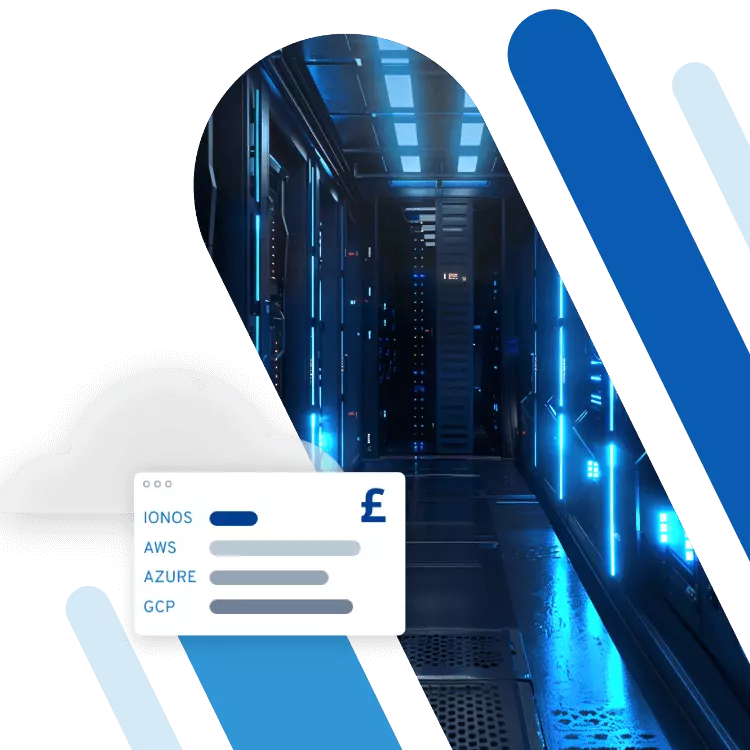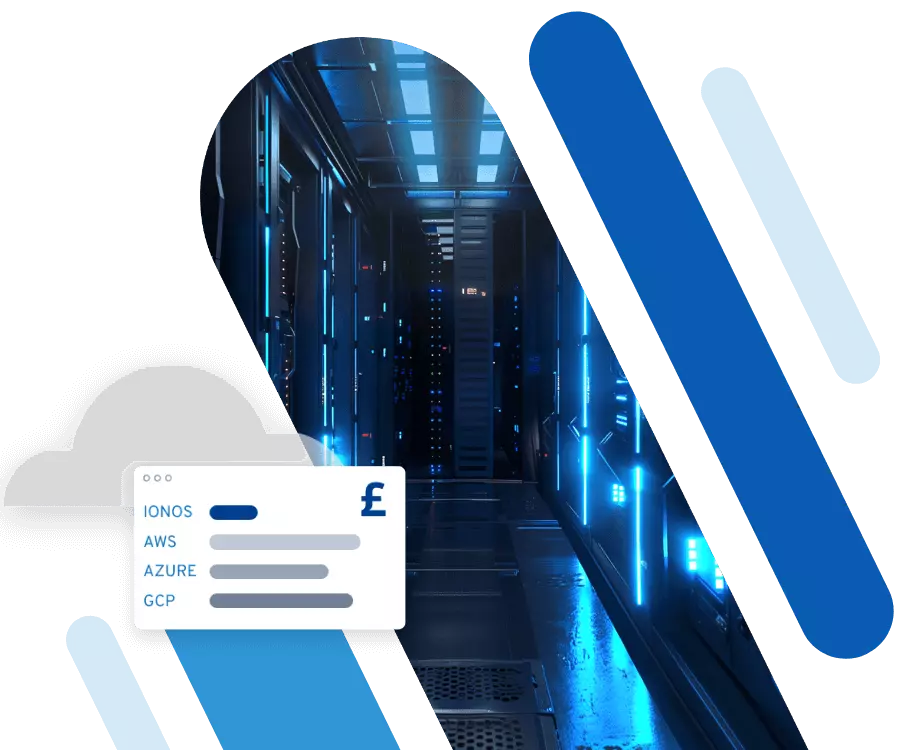How to run MongoDB via a Docker container
MongoDB Docker containers are easy to replicate and scale. If the load on the database increases, you can start additional MongoDB containers. This keeps the database performance stable.
Does MongoDB run in a Docker container?
MongoDB can run effectively in a Docker container. There are two types of MongoDB images on Docker Hub: the Community Edition and the Enterprise Edition. The choice between these two versions depends on your specific needs. The Community Edition is usually ideal for non-commercial use or smaller setups. The Enterprise Edition, however, includes extra features and support for larger applications or businesses with advanced needs like encryption, auditing, and LDAP integration.
If the pre-built MongoDB images on Docker Hub don’t fully meet your needs, Docker allows you to create a custom Docker image using a Dockerfile. With a Dockerfile, you can select the MongoDB version, configure specific options (like authentication methods), and install any additional tools or drivers needed for your environment.
How to use MongoDB as a Docker container step by step
Docker is known for its lightweight virtualisation, enabling portability and consistency across various development and production environments. Below, we’ll guide you step by step on how to set up MongoDB containers in Docker. For beginners, we suggest checking out our Docker tutorial: Installation and first steps, which provides a detailed introduction to the container platform.
Step 1: Download MongoDB Docker image
To create a MongoDB Docker container, we first obtain the appropriate image for running Docker Hub. Open your terminal or command line and run the following command:
docker pull mongo:latestIf the image already exists locally, Docker won’t download a new version unless you specifically indicate the version you want to use (for example mongo:4.4).
Step 2: Launch MongoDB Docker container
Once the Docker image for MongoDB has been successfully downloaded, you can start a container based on this image:
docker run: Launches a new Docker container--name mongodb-container: Names the container ‘mongodb-container’-d: Use this parameter to launch the container in the background (detached mode). This means that the terminal can still be used while the container is running-p 27017:27017: Opens the MongoDB standard port 27017 of the container on your host systemmongo:latest: Provides the instruction to obtain the latest available image
Step 3: Check that the container is running
To ensure that the container has been launched successfully, enter the following command:
docker psThis information provides a quick overview of the active MongoDB Docker containers on your system, including how long they have been running and which ports they are using. For more details, such as stopped containers or specific filtering options, it’s recommended to use the docker ps -a command.
Step 4: Establish a connection to MongoDB in the Docker container
Now you can establish a connection to the MongoDB instance in your Docker container. To do this, launch the MongoDB Shell directly in the container:
docker exec: Executes a command in the running container-it: Allows interaction with the terminal in the containermongodb-container: The name of the set-up MongoDB containermongo: Launches the MongoDB shell
Once you’ve executed this command, you should see the MongoDB shell ready to receive commands. You can now enter the usual MongoDB commands to manage or query your database.
Step 5: Perform operations in the MongoDB shell
You can now display all existing databases on the MongoDB server as follows:
show databasesThe output contains the names of the databases:
admin 0.000GB
local 0.000GB
test 0.000GBTo work with a specific database in the MongoDB shell, use the following command:
use mydatabaseUse the following command to switch to the database named ‘mydatabase’. If the database doesn’t exist, it will be created automatically when a document is inserted.
You can also retrieve documents from a specific collection:
db.users.find()The MongoDB shell returns all documents that are stored in the ‘users’ collection.
{ "_id": ObjectId("609823e9f9a5f7f364fc3f90"), "username": "alice", "age": 28 }
{ "_id": ObjectId("609823f2f9a5f7f364fc3f91"), "username": "bob", "age": 32 }
{ "_id": ObjectId("609823f9f9a5f7f364fc3f92"), "username": "charlie", "age": 25 }Each document contains a unique _id field (MongoDB-specific identifier) and other fields such as username and age.
Find more information on Docker tools and a MongoDB presentation including a comparison with MySQL in our guide.
- Enterprise-grade architecture managed by experts
- Flexible solutions tailored to your requirements
- Hosted in the UK under strict data protection legislation

